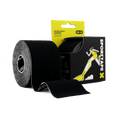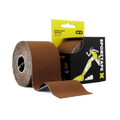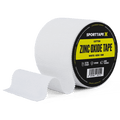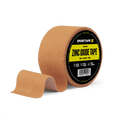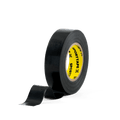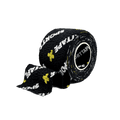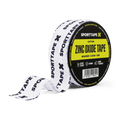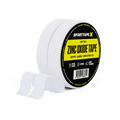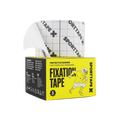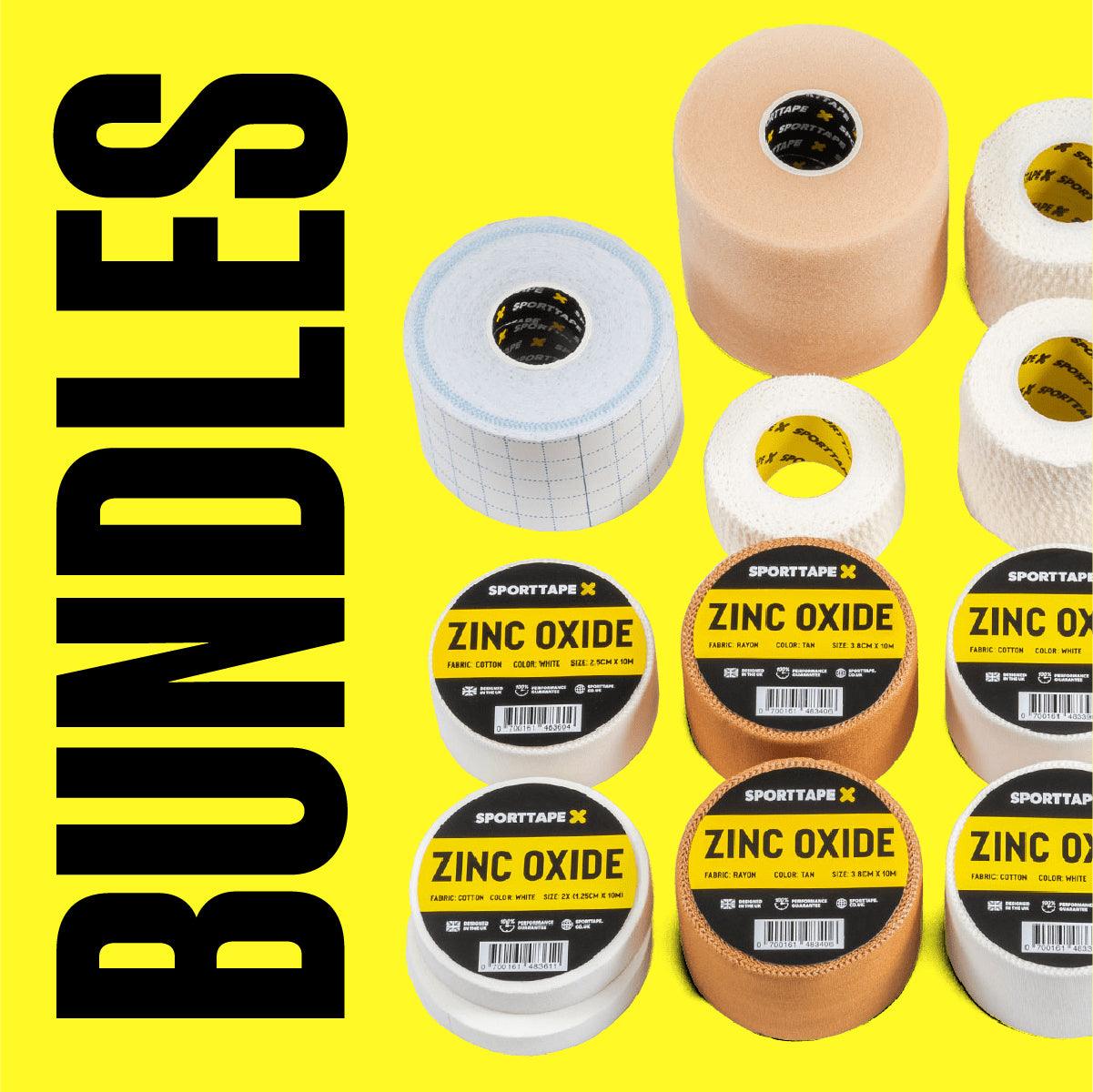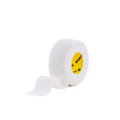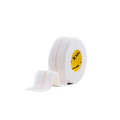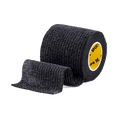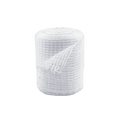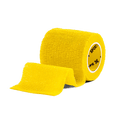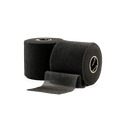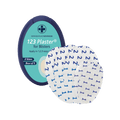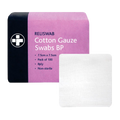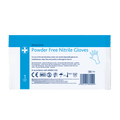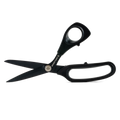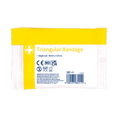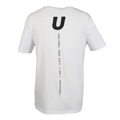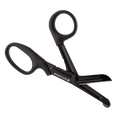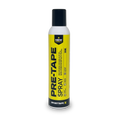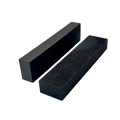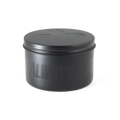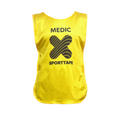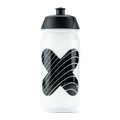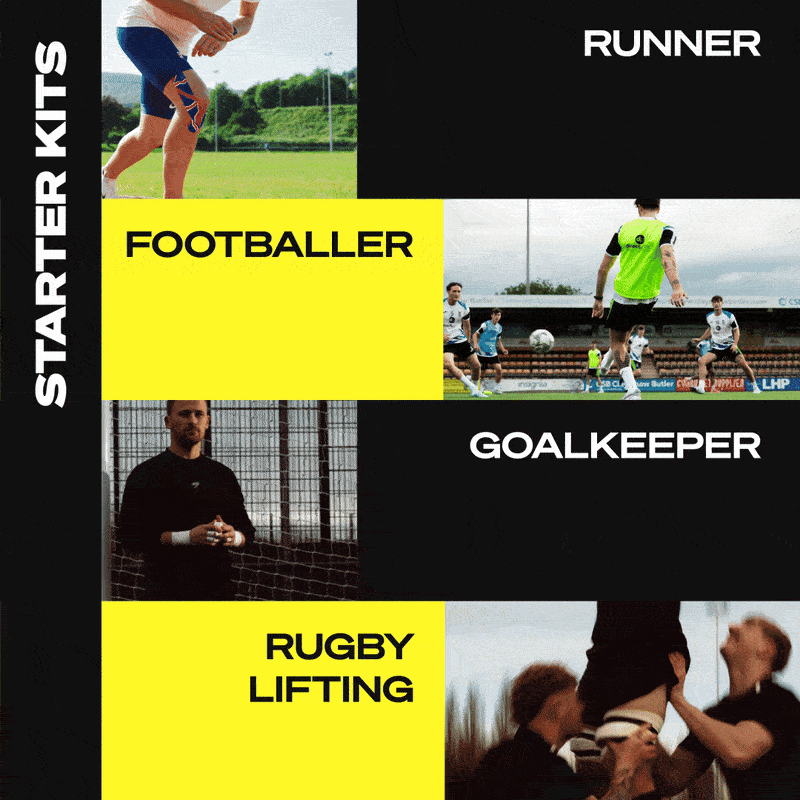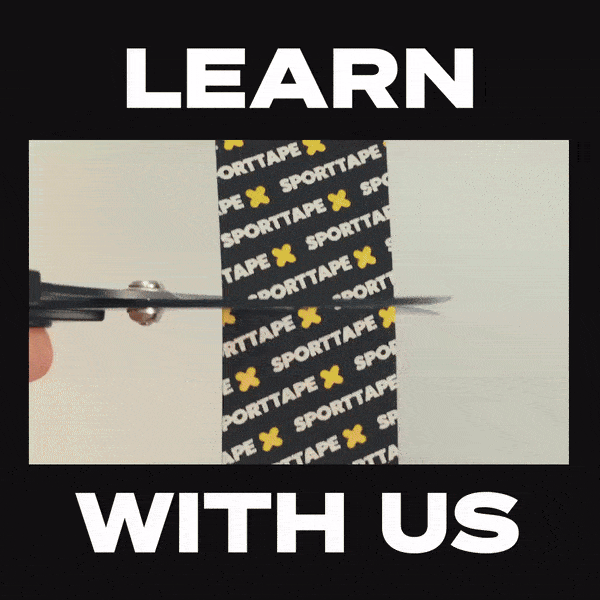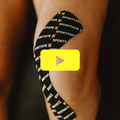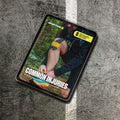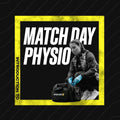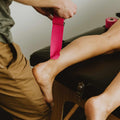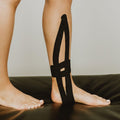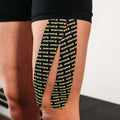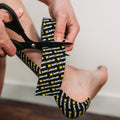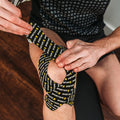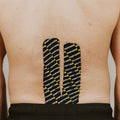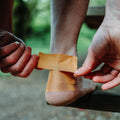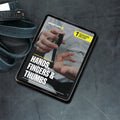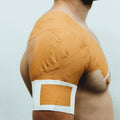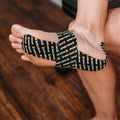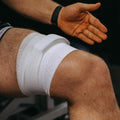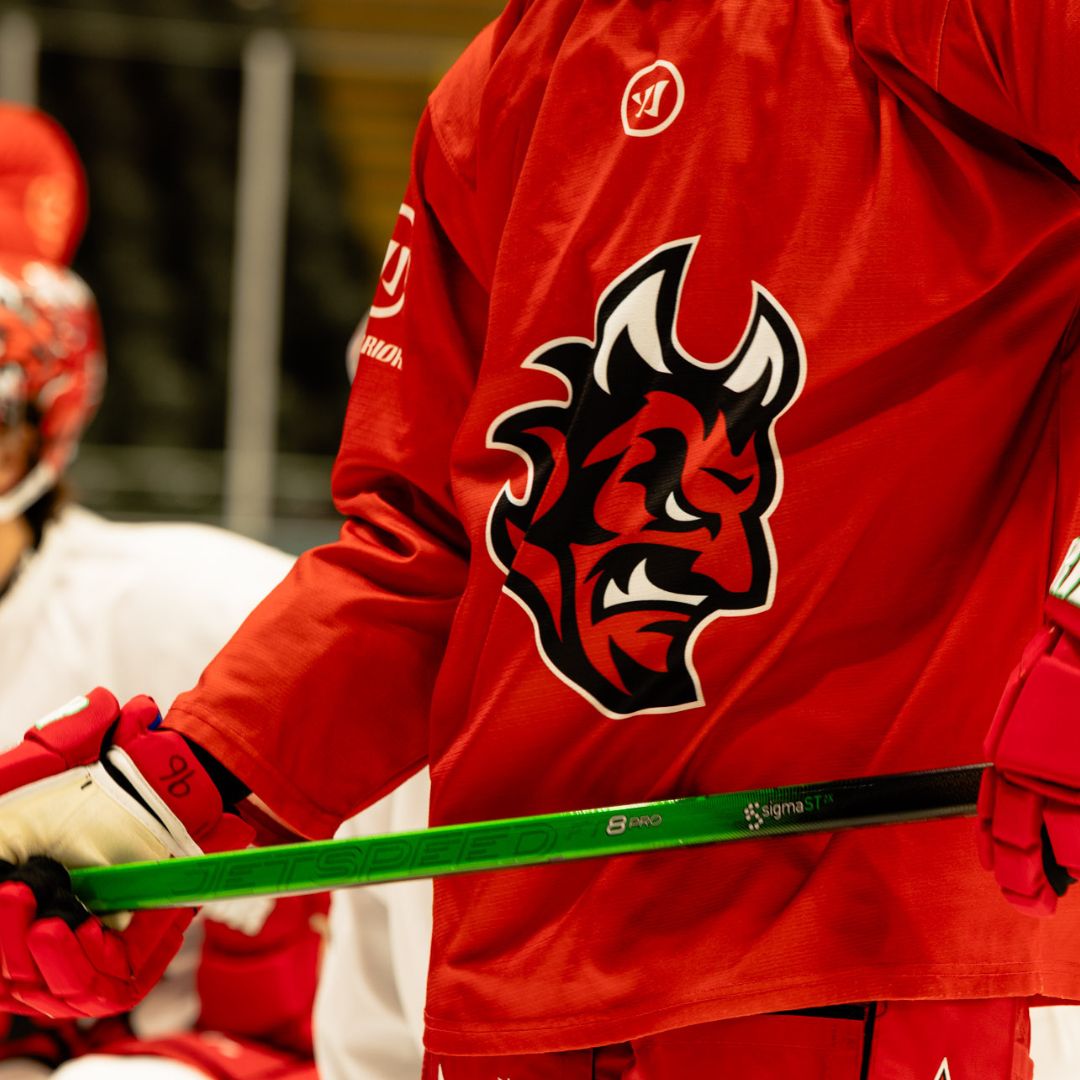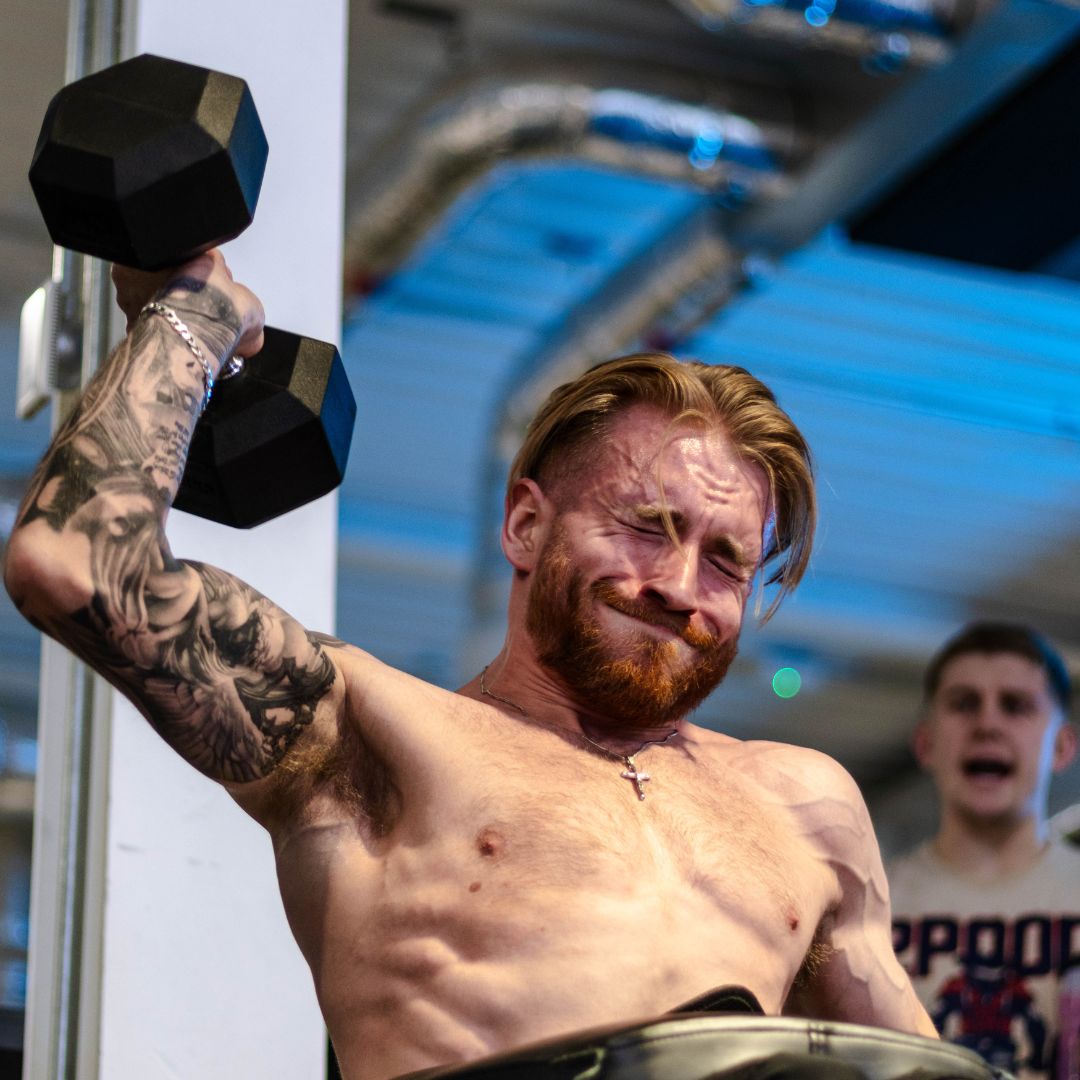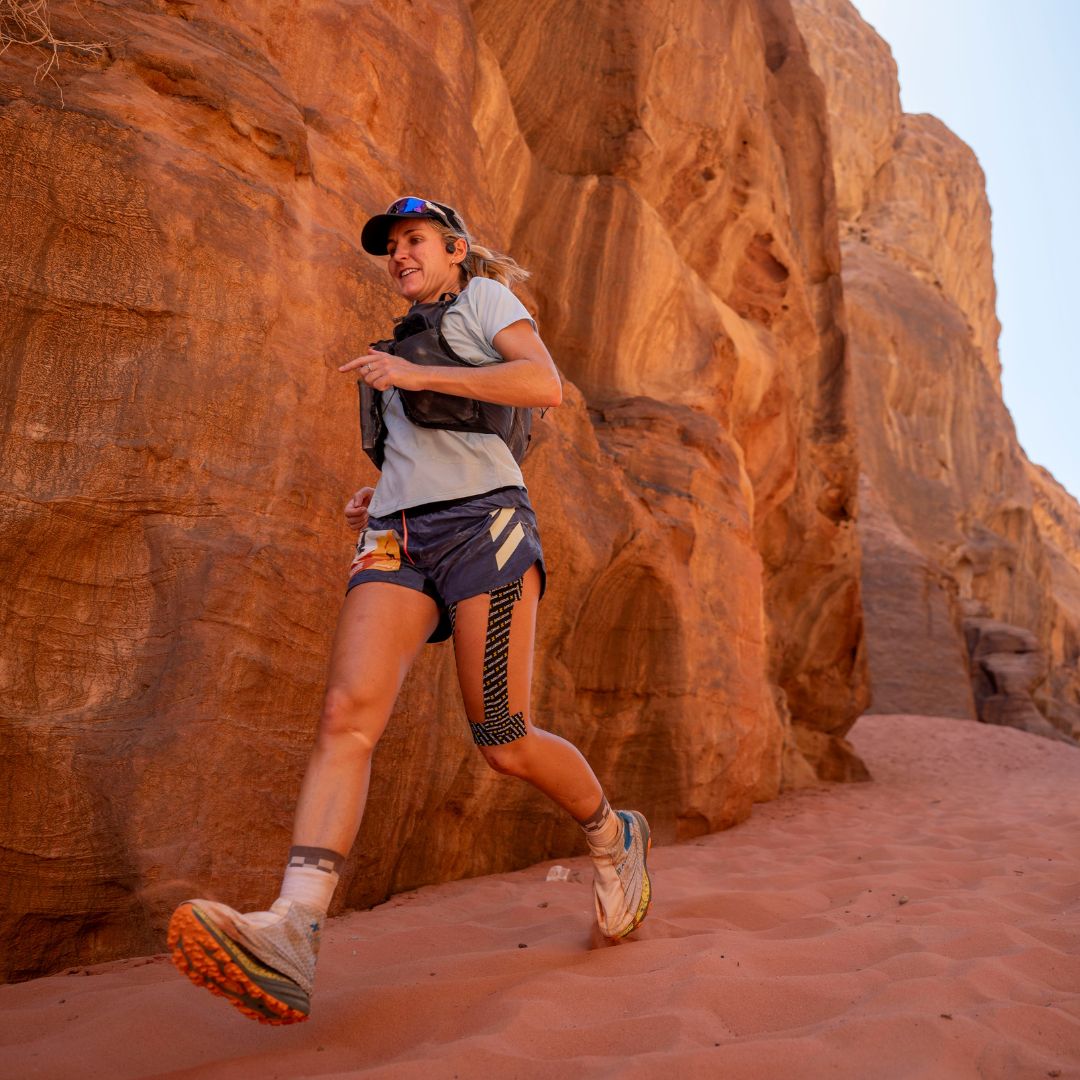If you’ve ever watched an ice hockey game live, you’ll know it’s chaos in the best way. The speed, the hits, the flying pucks. It’s relentless.
But what you don’t always see is what happens off the ice. Behind the scenes, there’s an entire medical team working flat-out to keep players healthy, patched up, and ready to go again. At Cardiff Devils, that medical setup is crucial and we were lucky enough to get a peek inside how it all works.
As the Devils’ official tape supplier, we’re proud to play a small role in their preparation, but this blog isn’t about us. It’s about the unsung heroes in the medical room who keep one of the UK’s top ice hockey teams fighting fit.
INSIDE THE DEVIL'S MEDICAL ROOM:
MEET THE TEAM BEHIND THE TEAM
The Devils’ medical staff is more than just one physio with a bag of tape. Their group includes osteopaths, chiropractors, sports therapists, doctors, and even student interns. A proper multidisciplinary team. Together, they cover everything from acute injury management to rehab and recovery.
Their Head of Medical Kathryn Deverson leads that charge, balancing her role as a sports chiropractor.
"The players have access to our team Tuesday through Friday for assessment, treatment, and rehab, both before and after training, with Monday acting as their recovery day. Between us all, we cover everything from injury management and rehab to treatments and simple ‘flush-throughs’ for sore bodies."
The team is built up of Kathryn, Abbie (Sports Therapist), Paul (Team Doctor), Erj (Osteopath), the game-day doctors, and five students currently on internships with the club.
"Travel days can be pretty long: we’ll bus up in the morning, play that evening, and then head straight back, which gives us plenty of time to catch up on notes (and maybe sneak in a bit of Netflix!).”

THE INJURY LIST: WHAT ICE HOCKEY DOES TO THE BODY
If you thought rugby was brutal, hockey gives it a run for its money. The speed, ice, and sheer physicality create a unique cocktail of risks. Kathryn has seen it all: “Ice hockey is an entirely different beast. The speed of the game is much higher, the ice and skates add an extra element of risk, and the physicality is relentless.”
That translates into a very particular injury list:
Acute trauma - facial cuts from sticks, bruises from pucks, and rib or shoulder injuries from high-speed collisions into the boards.
Upper body knocks - AC joint sprains are frequent, as are contusions from contact.
Concussions - still a major concern, just as they are in rugby and other contact sports.
Lower body strains - often linked to skating mechanics: groin strains, MCL tweaks, or meniscus issues.
And then there are the rare but memorable ones. Kathryn recalls, "The one that stands out most has to be a player taking a puck to the mouth. He lost his front teeth and broke his jaw. Safe to say there wasn’t much tape could do for that situation!”.

THE ROLE OF TAPE IN THE DRESSING ROOM
Here’s where things get interesting for us. Unlike rugby, where ankles are taped almost by default, hockey doesn’t rely on rigid taping in quite the same way. Protective kit and skates provide much of that structural support already.
Instead, tape is used more strategically. “It really varies. Hockey is quite different from rugby because of the amount of protective kit they wear, players can get away with braces underneath, so we don’t rely on heavy taping in quite the same way".
And on specific tapes and injuries: "Most of our taping is Kinesiology Tape for muscle injuries: a lot of shoulders, groins (adductors), and the odd AC joint that needs pinning. On a good day, we don’t need to tape anyone at all, which is always the aim! At the moment though, we’ve got one hamstring, one adductor, one external oblique, and two AC joints taped regularly”.
That adaptability is key. Sometimes the challenge isn’t just the injury, but how to work around the kit itself. There isn't necessarily any specific taping apps for hockey, but it's more about fitting the taping around the kit. Cutting holes in gloves so that you can still tape fingers together, that sort of thing.
"It’s all about problem-solving and adapting to the equipment.” It’s a reminder that tape isn’t just about holding things together. In hockey, it’s about creativity, comfort, and giving players confidence when they hit the ice.

LIFE BEHIND THE BOARDS
Step inside a Devils changing room and you’ll find an atmosphere like no other. Kathryn paints the picture perfectly:
"The pre-game changing room is always a great atmosphere. At the start, the guys are usually laughing and joking, then they head out to play two-touch as part of their warm-up. Once they’re back, you can really see everyone getting into their own zone. Some throw on their headphones and completely switch off from the world, while others are still joking around right up until they hit the ice.
"The thing that’s really stood out to me in hockey compared to other sports is the amount of clicking and whistling that goes on to hype each other up, especially after the team meetings and once the starting five are announced. It creates such a unique buzz.”
It’s this mix of banter, ritual, and intensity that makes hockey culture so different and the medical team slot right into it, ready to work in the background as the players get in the zone.

From strapping shoulders to helping players manage groin strains, the Cardiff Devils’ medical team are the unsung heroes of the rink. Their work may not always make the headlines, but it’s vital. Every stride, every hit absorbed, every win celebrated, it all starts in the medical room.
We’re proud to support that work as the Devils’ official tape supplier, providing the tools that help their players feel ready to perform. But the real credit goes to Kathryn and her team, who keep the Devils fighting fit, week in and week out.
So next time you watch the Devils flying across the ice, spare a thought for the people behind the boards. Because without them, the game doesn’t happen.


